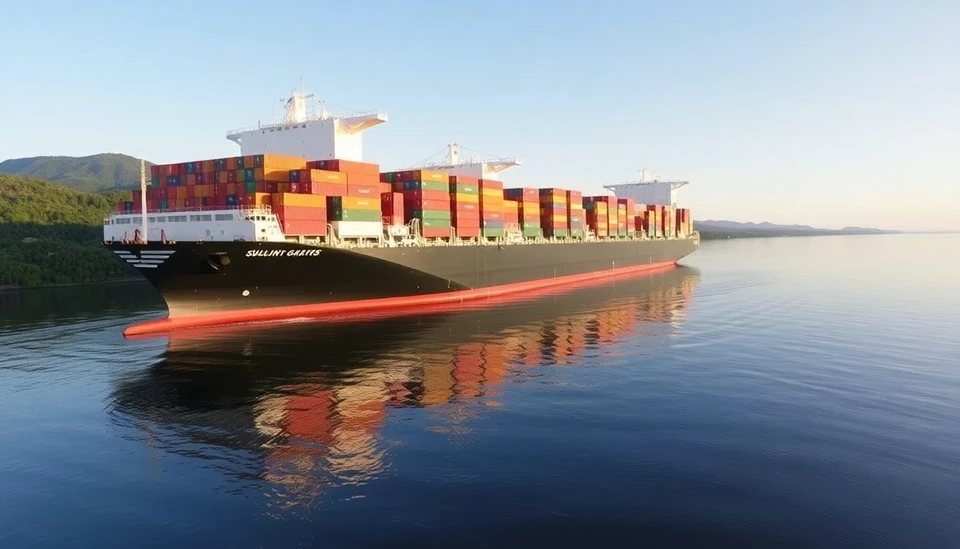
In a significant environmental and economic move, the U.S. government has announced a new funding program aimed at decarbonizing major ports across the country. This initiative is part of a broader strategy to tackle climate change while enhancing the efficiency of supply chains that have been under strain in recent times.
With a commitment to reducing greenhouse gas emissions, the funding package is designed to support the transition of ports to cleaner operations. The program will offer financial aid for the implementation of state-of-the-art technologies and sustainable practices that can drastically lower carbon footprints. These initiatives include electrifying port equipment, improving the fueling infrastructure for greener options such as LNG and hydrogen, and transitioning to electric vehicles for terminal operations.
According to the announcement, this funding will specifically target ports that are crucial to national and global trade logistics. The government recognizes that ports are not only vital economic hubs but also significant contributors to air pollution in coastal regions. By investing in cleaner technologies, the initiative aims to enhance air quality, promote healthier communities, and contribute to the overall fight against climate change.
Experts indicate that the modernization of port facilities is vital for the nation's supply chain resilience. With recent disruptions due to pandemics and geopolitical tensions, ensuring that ports can function effectively while adhering to new environmental standards is critical. Shipping companies and terminal operators are encouraged to collaborate to identify and implement the best sustainable practices as part of the funding application process.
Additionally, the federal government will work in tandem with state and local authorities to streamline regulations and facilitate the rapid deployment of these enhancements. The program is seen as an essential stepping stone towards achieving the Biden administration’s ambitious goal of cutting greenhouse gas emissions by 50-52% by the year 2030.
Port authorities across the country have expressed their enthusiasm for the program, viewing it as an opportunity to not only benefit the environment but also enhance operational efficiencies. With the global shipping industry increasingly being held accountable for its emissions, ports that can adapt to cleaner technologies will be better positioned to attract future business and investment.
This initiative is set to engage diverse stakeholders, including environmental advocacy groups and industries reliant on ports. By fostering collaboration among various sectors, the government aims to ensure that the transition is both economically viable and environmentally sustainable.
As the details emerge, the hope is that this funding program will serve as an effective model for not only decarbonizing ports but also transforming the overall landscape of transportation infrastructure in the U.S. With such a strategic focus on sustainability, the future of American ports looks poised for a transformative upgrade that aligns economic interests with ecological responsibilities.
In summary, the U.S. government’s policy shift to invest in decarbonizing ports is a pivotal move towards creating a more sustainable and resilient supply chain landscape. As stakeholders prepare to navigate this new funding program, the positive implications for both the economy and the environment are becoming increasingly apparent.
#decarbonization #ports #supplychain #cleantechnology #sustainability #climateaction #environment #USgovernment
Author: Rachel Greene




